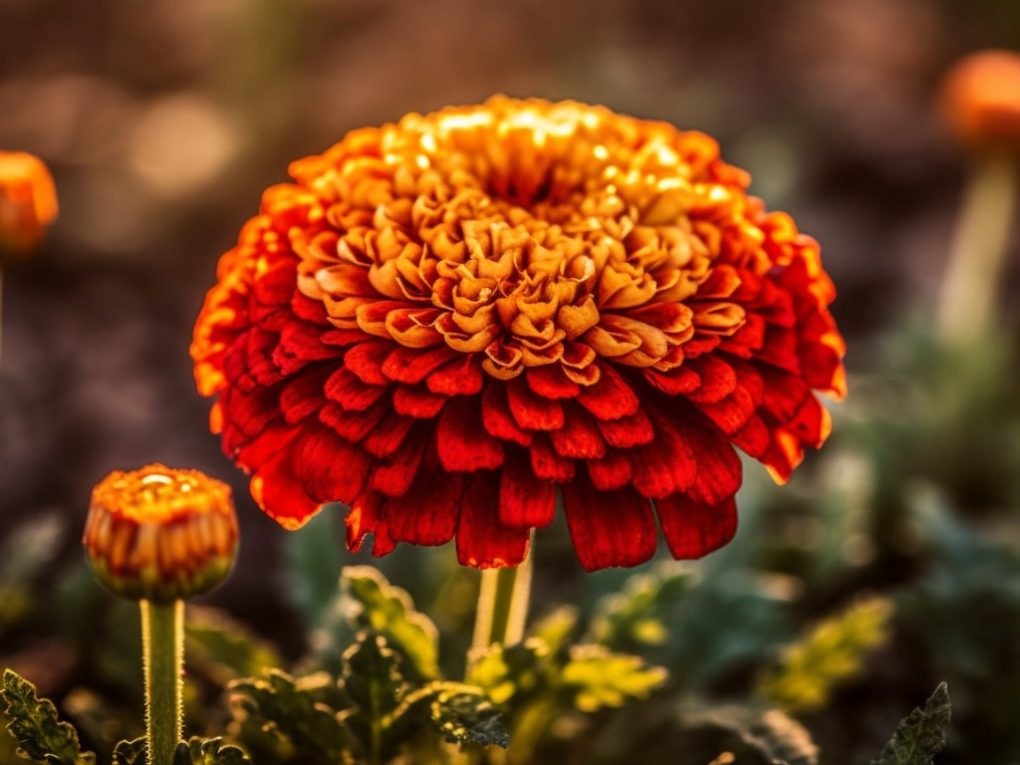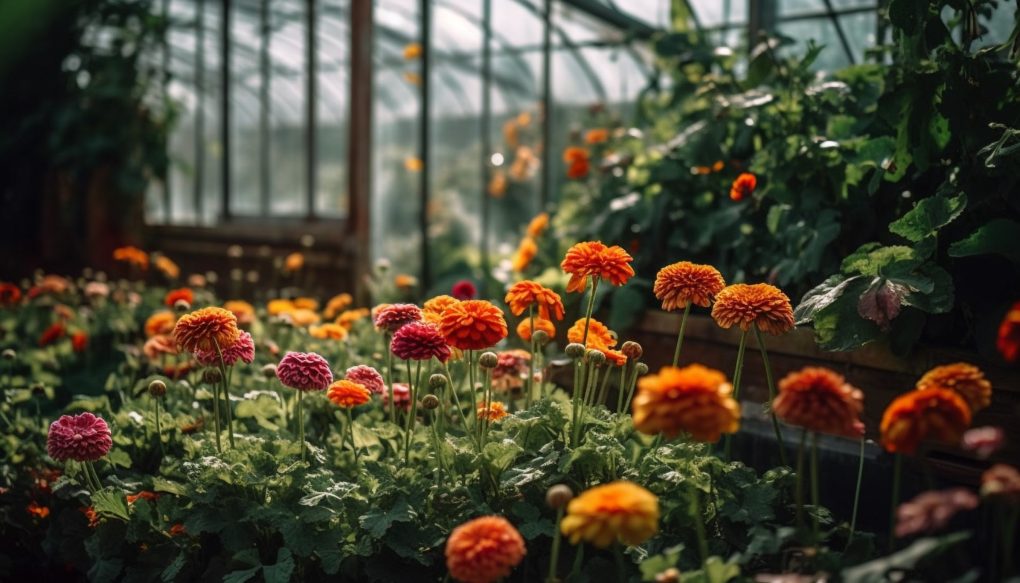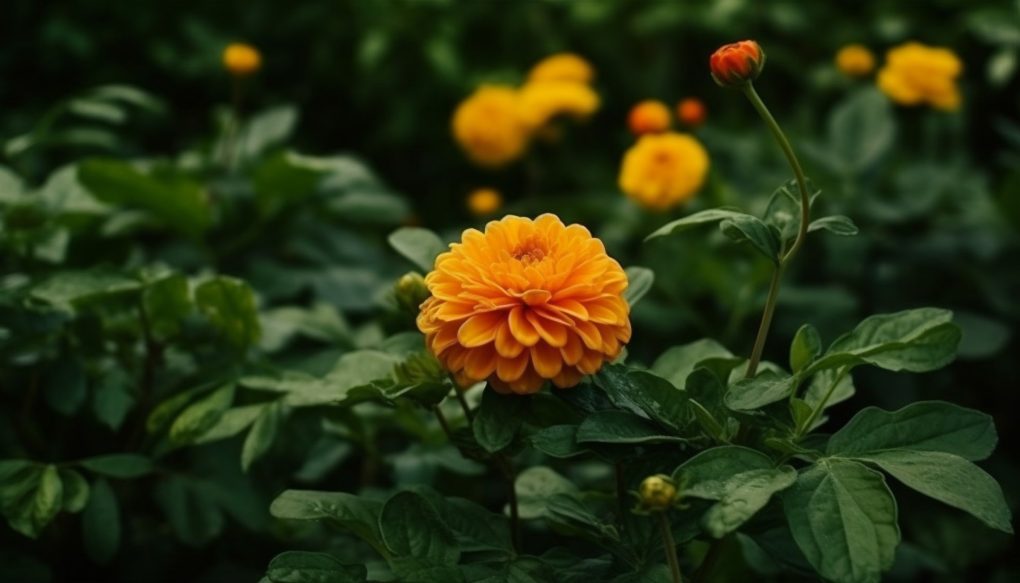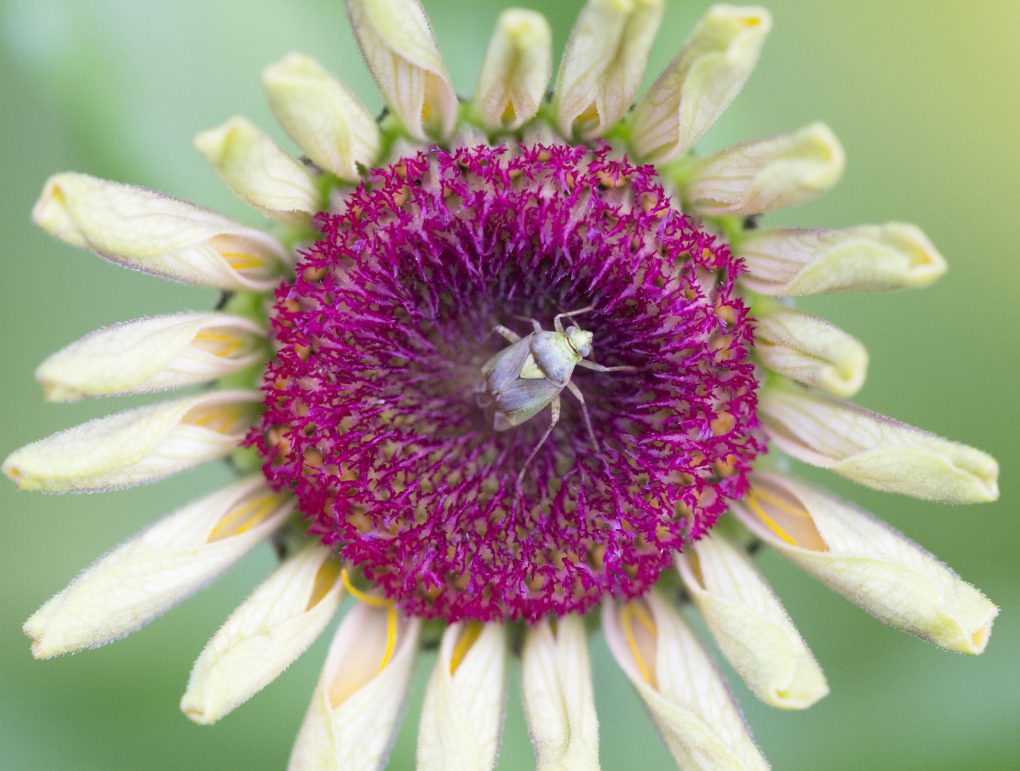Can Gerbera Daisy Live Indoors? A Guide to Growing Gerbera Daisy Plants Inside
Gerbera daisies, native to South Africa, are beautiful flowering plants known for their vibrant blooms in various colors like yellow, orange, pink, and red. While commonly grown outdoors, many wonder if they can be grown indoors.

Gerbera daisies can indeed thrive indoors with proper care. Adequate light is crucial for their indoor growth. Place them near the window to ensure they receive bright, indirect sunlight. Along with light, these daisies require well-draining soil, regular watering, and occasional fertilization for their health.
Table of Contents
Choosing the Right Pot

Choosing the right pot is crucial for gerbera daisies’ growth and overall health when grown indoors. Consider the following factors when selecting a pot:
● Size: Opt for a pot that is no more than one-third larger than the root ball of your gerbera daisy plant.
● Drainage: Ensure the pot has drainage holes to prevent water from pooling at the bottom, which can cause root rot.
● Material: Choose a pot of porous materials like clay or terracotta to promote air circulation and prevent overwatering.
Additionally, select a location for the pot that provides bright, indirect sunlight, such as near a south or west-facing window. Avoid placing the pot in drafty areas or near heating vents, as gerbera daisies prefer temperatures between 65-75°F.
Choosing the right pot is vital for the success of your indoor gerbera daisy plant. Follow these tips to provide the ideal environment for thriving and beautiful blooms.
Watering and Fertilizing

Regular watering is essential for the indoor growth of gerbera daisies. Keep the soil moist but not waterlogged. When the top inch of soil feels dry, water the plant deeply. Use room temperature water and avoid wetting the foliage or flowers to prevent damage.
Fertilizing your gerbera daisy regularly promotes healthy growth and vibrant blooms. Apply a balanced, water-soluble fertilizer every two to four weeks during the growing season. Carefully follow the instructions on the fertilizer package to avoid over-fertilizing, which can harm the plant.
If your gerbera daisy is not flowering as expected, it may need more fertilizer. However, be cautious not to over-fertilize, as this can result in excessive foliage growth at the expense of flowers.
Choose a fertilizer specifically formulated for flowering plants, as these contain higher phosphorus levels, which is crucial for flower production.
Preventing Pests and Diseases

While gerbera daisies are generally resistant to pests and diseases, they can be vulnerable to common houseplant pests like aphids, spider mites, thrips, and whiteflies. These pests can damage the leaves and flowers and even spread diseases.
To prevent pests and diseases, maintain a healthy and stress-free environment for your plant. Follow these tips:
● Place the plant in a well-ventilated, well-circulated area.
● Avoid overwatering, as it can lead to root rot and other issues.
● Regularly inspect the plant for signs of pests or diseases, such as yellowing leaves, distorted growth, or webbing on the leaves.
● If pests are detected, isolate the plant to stop the infestation from spreading to other plants.
● Use insecticidal soap or neem oil spray to treat the plant, following the instructions carefully.
Avoid placing the plant near other plants infested with pests or diseases, as it increases the risk of infestation.
By following these tips, you can maintain the healthy and pest-free state of your gerbera
